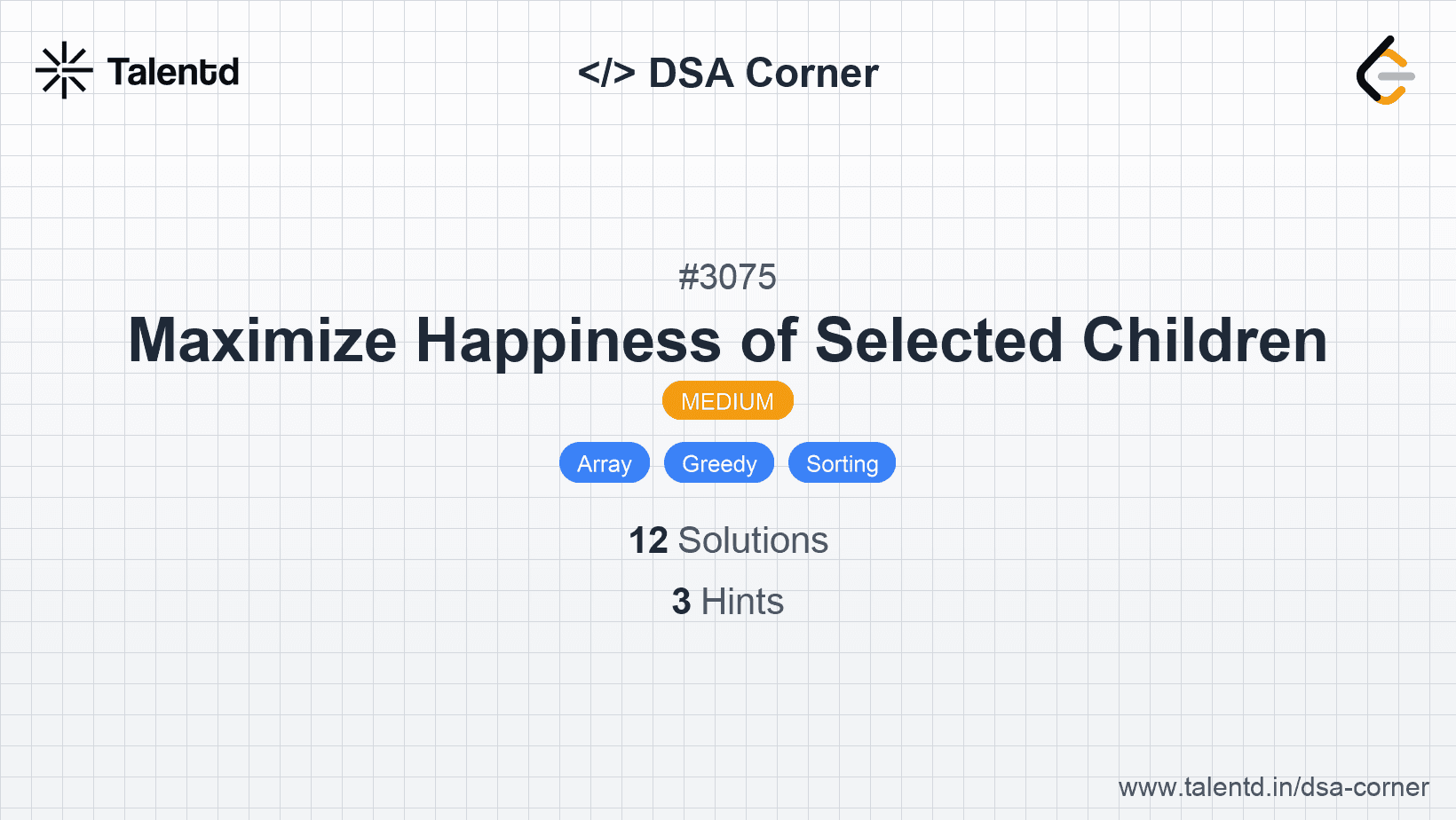
Sponsored
Sponsored
This approach involves sorting the input data first and then finding the solution by traversing through the sorted data. This approach is generally straightforward and often leads to a solution by leveraging sorted order, which simplifies many problems, such as finding pairs or detecting duplicates.
Time Complexity: O(n log n) due to sorting.
Space Complexity: O(1) or O(n), depending on the usage of additional data structures.
1function solve(arr) {
2 arr.sort((a, b) => a - b);
3 console.log(arr.join(' '));
4}This JavaScript solution sorts the array with the sort method and prints the sorted elements. You can use the sorted array to implement more complex logic related to the problem.
This approach leverages a hash map to efficiently solve problems requiring quick lookups or to detect duplicates. This method is optimal for problems where you need to count occurrences or require O(1) average-time complexity for lookups.
Time Complexity: O(n)
Space Complexity: O(n) for the hash map.
1#include <unordered_map>
#include <vector>
void solve(std::vector<int>& arr) {
std::unordered_map<int, int> hash;
for(int num : arr) {
hash[num]++;
}
for(const auto& entry : hash) {
std::cout << entry.first << " appears " << entry.second << " times\n";
}
}This C++ solution uses an unordered map to store and count the occurrences of each number, providing efficient insertions and lookups.